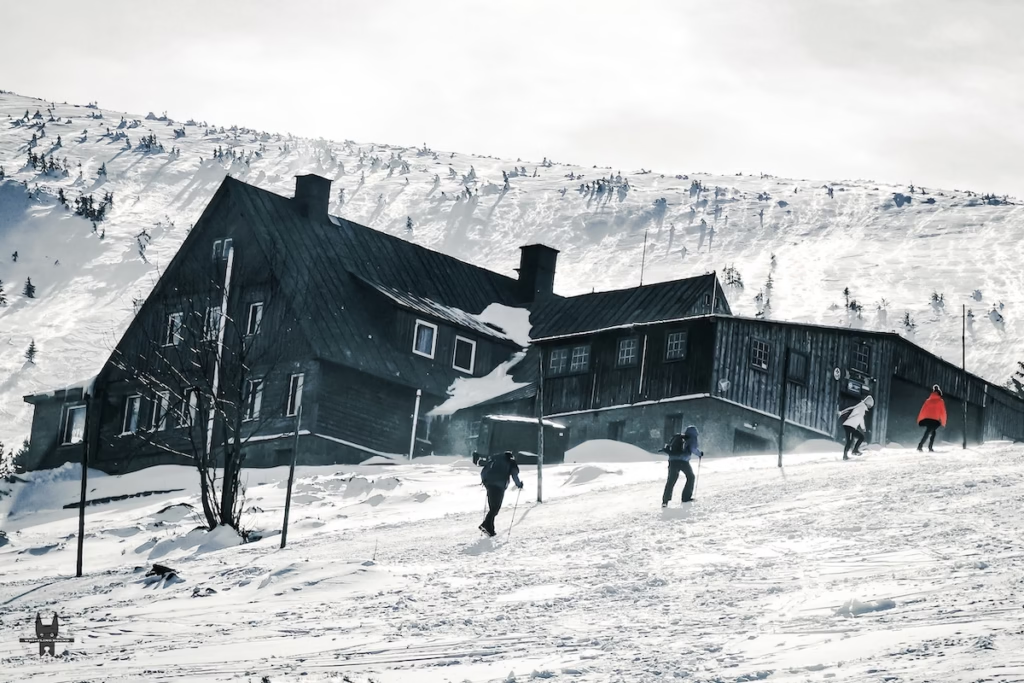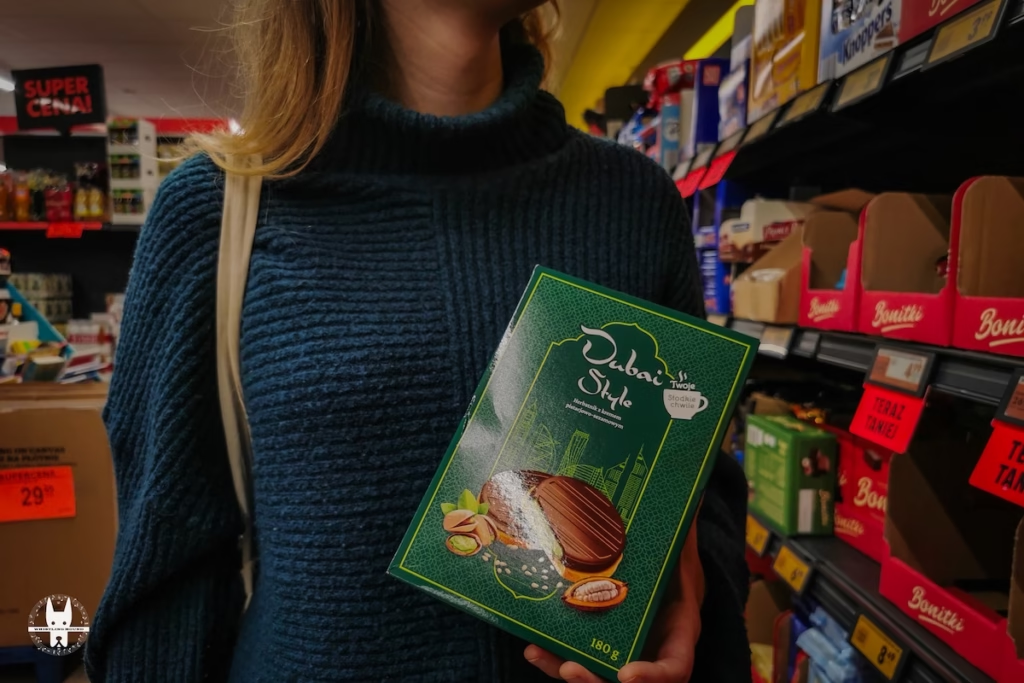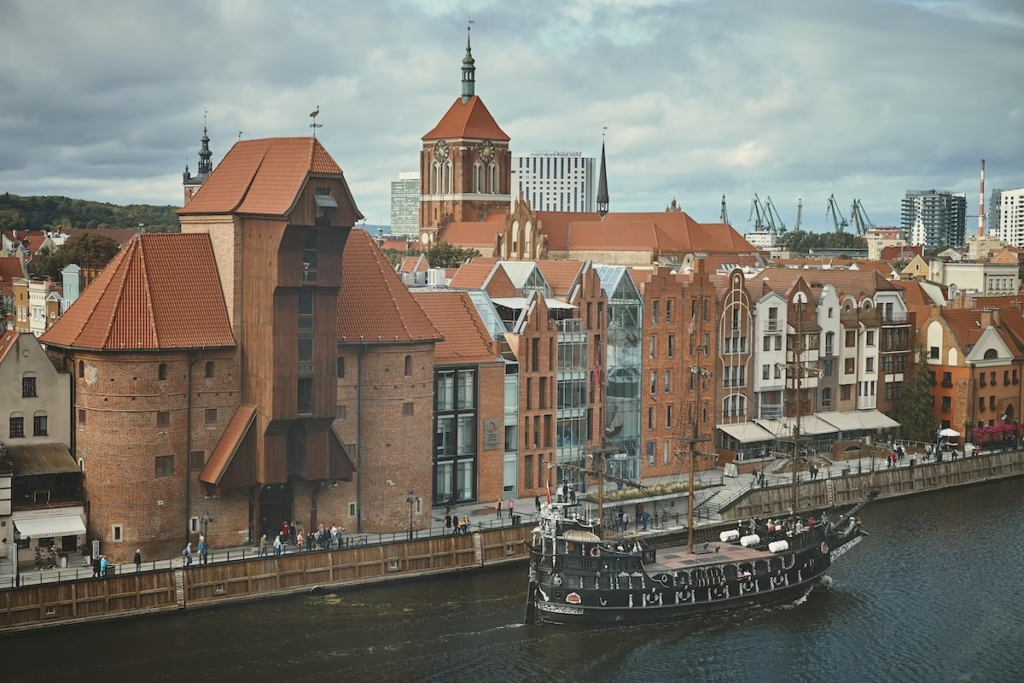The Polar Region is full of nature’s incredible wonders. The perks of living in the sparsely populated land beyond the Arctic Circle Line are more than any nature enthusiast could ask for! Having captured a few of these wonders with my eyes, I can confirm – it’s BREATHTAKING!!!
In the list of the most sought after nature splendours in the Arctic Land are Aurora Borealis (Northern Lights), Polar Nights, Midnight Sun, Sun & Moon Halos, Coronas and Anticoronas around the Sun, Water Sky and Ice Blink, Mirages and optical illusions like fata morgana, Optical Haze, Sun Dogs, and Whiteout.
Must read: 12 Handpicked Winter Activities For A Quintessential Lapland Itinerary
What are Polar Stratospheric Clouds & how do they form?

Casting an iridescent pastel hue in the Arctic sky immediately after sunset, the rare and one of the most beautiful polar stratospheric clouds is nature’s another wonder from the Polar region.
Also known as Nacreous clouds or Ice Polar Stratospheric Clouds, or Mother-of-Pearl Clouds, these clouds are rare and unique, having aroused the curiosity of nature admirers, scientists, and environmentalists alike, for different reasons.
Polar stratospheric clouds (PSCs) form during winter months in the Polar Stratosphere region at altitudes ranging from 15000-25000 meters. PSCs appear as beads or patches of pearl fused into the bright sky, mostly before sunset. Sources also mention that PSC can be best observed during Civil Twilight when the Sun is between 1-6 degrees below the horizon, mostly at northern latitudes.
PSC primarily comprises supercooled water droplets and Nitric Acid, which implies its role in Ozone Hole formation. Another PSC type comprises only ice crystals, which don’t harm the environment. The other major PSC type consists only of ice crystals, which are not harmful. This sort of PSC is also referred to as nacreous (from nacre, or mother of pearl, due to its luminescence).

PSC resemble Cirrus or Altocumulus lenticularis, showing significant irisation. It appears similar to mother-of-pearl. The most radiant colours of PSC are observed when the Sun is a few degrees below the horizon.
Where can you find Polar Stratospheric Clouds?

Ice polar stratospheric clouds (PSC), or nacreous clouds, appear especially at high latitudes during the winter months. For PSC to form, the temperatures in the stratosphere must fall below the frost point. This phenomenon is the most common in Antarctica but has also been spotted in the Arctic, Scotland, Scandinavia, Alaska, Canada and the northern Russian Federation.
Are Polar Stratospheric Clouds harmful to the atmosphere?

The presence of PSC encourages a chemical reaction that breaks down the ozone layer. The ozone layer basically shields us from the sun’s harmful rays. Nacreous clouds are not entirely water droplets but a blend of naturally occurring water and nitric acid from industrial sources.
Substances like chlorofluorocarbons (CFCs) in aerosols and refrigeration have an adverse impact on the environment because these chemicals stay in the atmosphere for a prolonged time. CFCs take several years to rise through the troposphere until they make it to the Stratosphere, where they begin to break down by ultraviolet light, producing free chlorine atoms. Chloride ions are highly reactive and continuously attack and destroy the ozone layer.
During the long winter months in the polar regions, with little sunlight, the temperature becomes so frigid in the Stratosphere that clouds start forming despite the air being so thin and dry.
These nacreous clouds, formed out of frozen water crystals, nitric acid and sometimes sulphuric acid, provide an ideal surface upon which chemical reactions occur that release the free chlorine atoms back into the atmosphere. The presence of sunlight is essential to the equation, so this happens only during spring when sunlight returns to the poles, and ultraviolet light breaks the bonds between the chlorine atoms. The process ends only when air flows from lower latitudes destroys the PSC or nacreous clouds.
Polar Stratospheric Clouds: A deep analysis!
Such chemical reactions could not take place anywhere else in the atmosphere. That is why the ozone hole is more prominent in the polar regions than elsewhere. The fact that nacreous clouds are commonly observed in the southern hemisphere entails that the ozone layer is more depleted over the South Pole when compared with the North Pole.
PSC formation has other adverse impacts, as it also removes the gaseous nitric acid from the stratosphere. The Nitric Acid would otherwise combine with ClO, thus forming less reactive chlorine forms.
Referred source: National Snow & Ice Data Centre
The current Aurora Season (2021-22) has exceeded all the shows in recent years, resulting in the most glorious auroras in decades. Almost every night, the Arctic sky has stayed alit with the magical Aurora dance in the Nordic region above the Arctic Circle. Other natural wonders keep stunning locals and tourists from time to time. Recently, the sunset sky in Lapland was adorned with Polar Stratospheric Clouds (PSC).
Curious about the wonders of nature and the best places to witness unique phenomena like Polar Stratospheric Clouds? Plan your adventure with my specialised tours to regions where you can experience the beauty of the skies. Contact today to book your next unforgettable journey to Poland or beyond!
For more such content, let’s connect on Instagram & Facebook
Share this:
- Click to share on Facebook (Opens in new window) Facebook
- Click to share on LinkedIn (Opens in new window) LinkedIn
- Click to share on Reddit (Opens in new window) Reddit
- Click to share on X (Opens in new window) X
- Click to share on WhatsApp (Opens in new window) WhatsApp
- Click to email a link to a friend (Opens in new window) Email






1 thought on “Polar Stratospheric Clouds: All you need to know”
I am curious to find out what blog platform you are working with? I’m experiencing some small security problems with my latest blog and I would like to find something more safeguarded. Do you have any solutions?